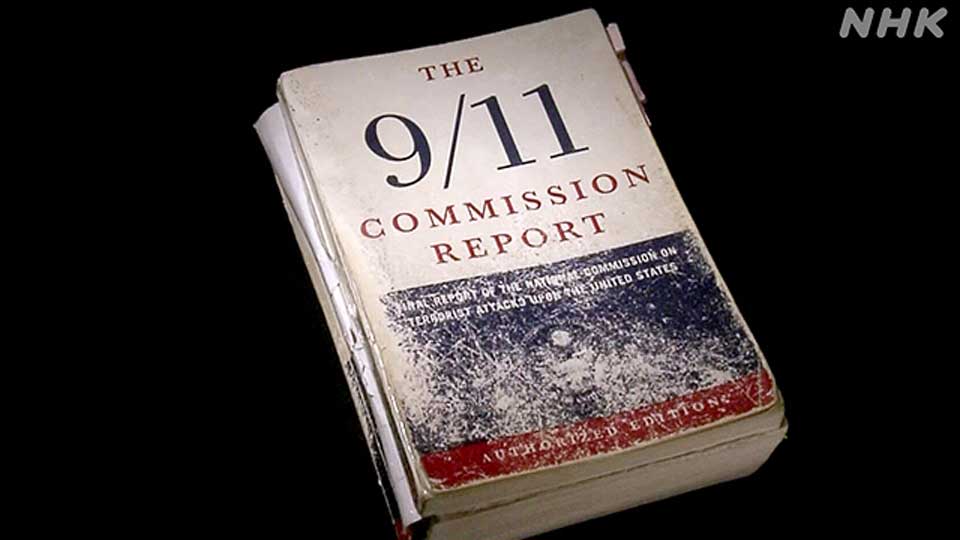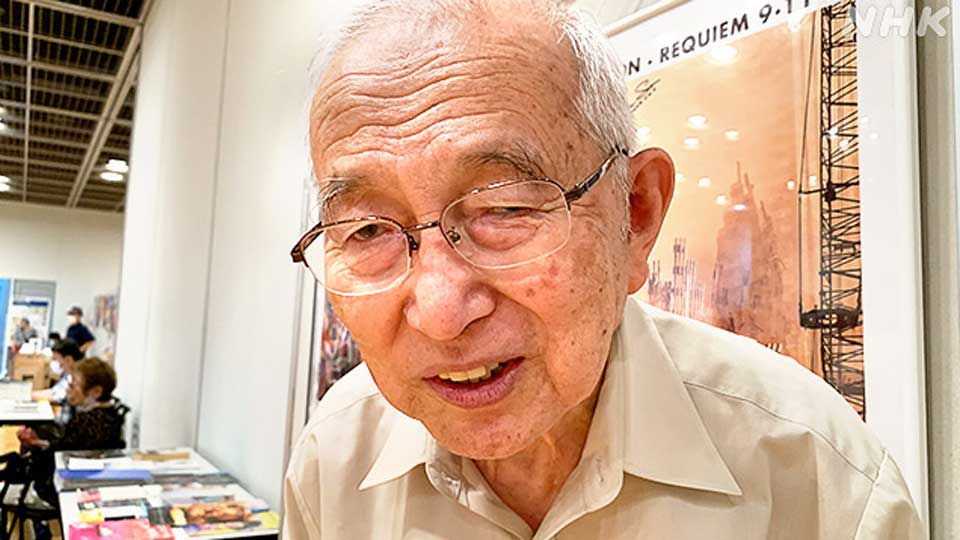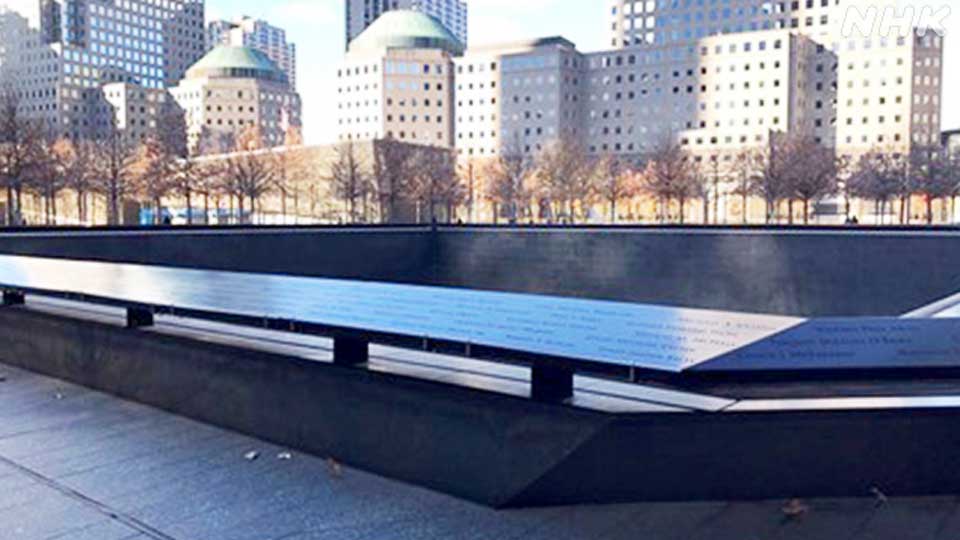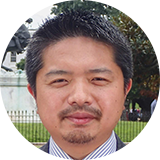Sumiyama, now 86, learned of the attacks while watching television at home in Tokyo.
On the morning of September 11, 2001, terrorists hijacked four passenger planes in the United States. They crashed two into the Twin Towers and another into the Pentagon. The fourth came down in Pennsylvania.
The perpetrators belonged to Al-Qaeda, an international terrorist organization led by Osama bin Laden.

Sumiyama found out that his son was among the missing.
Yoichi was working as a banker at the World Trade Center. He had two boys, and his wife was pregnant with a third child.
Sumiyama headed to the United States four days later, but found it extremely hard to gather information about his son. He checked more than 20 hospitals, but to no avail.
"I had glimmers of hope that he might be alive somewhere," says Sumiyama. "I thought he might be in the cracks of the building. Maybe he'd lost his memory in the explosion and was wandering around the city…
"I couldn't cry, even if I wanted to. Crying would have acknowledged that he had died. It was like being in a fog. I felt extremely anxious."

Dreaded call comes seven months later
About seven months later, Sumiyama received a call confirming Yoichi had died. Part of his hand had been found. A medical examiner said "the rest had evaporated."
In total, the 9/11 attacks killed about 3,000 people, including 24 Japanese citizens.
In 2004, Sumiyama learned about a report into the incident by an independent American commission.
It was long, at 567 pages, and written in English. What's more, it was filled with technical aviation terms and military terminology. Background knowledge on Islamic fundamentalism and extremist groups were also prerequisites to understanding the content.
But Sumiyama did not give up. Armed with an English-Japanese dictionary, he set about translating the report into his native language. "I wanted to know the truth behind my son's death," he says.

But the work was slow going. He got through about three pages a day, and needed to reference other materials or seek help with the more complex passages.
Sumiyama says it sometimes took him the whole night just to understand a single line. The English version of the report became so tattered that he bought a new copy.

But ten years later, his translation was finally complete.
A heart-wrenching discovery
Reading through the report, Sumiyama learned that the people inside the World Trade Center had been instructed to remain in their workplaces. It meant his son had been prevented from evacuating to safety.
Reading more of the report only raised more questions. "Not enough is written about the backstory, about why the perpetrators did what they did, or why they targeted civilians," he says.
Sumiyama started learning about Islamic doctrine and Middle Eastern history at cultural centers and other organizations. He also read all the technical books he could find on topics such as extremism.
"I needed to grasp the terrorists' logic," he says. "Understanding the societies and backgrounds that gave rise to these people could help us eliminate terrorism… It was a very small battle as a mere individual, but that's how I felt."
In 2021, a full 20 years after the 9/11 attacks, Sumiyama had gathered enough money through crowdfunding to publish his translation of the report.
The following year, he also published a commentary titled, "Searching for the Truth About 9/11." It covers other global incidents of terrorism and crime, and points to a lack of support for Japanese victims.

"I hope with all my heart that Japan and the world can be free, peaceful and safe," writes Sumiyama in the epilogue. "This is the earnest wish of a father who lost his beloved son amid the great flow of history."
A final trip to New York
Sumiyama now needs a cane to walk. But he remains undimmed in his fight against terrorism, and has resumed lectures and exhibitions that were postponed due to the coronavirus pandemic.

And on September 11, Sumiyama was back in New York for the first time in four years to attend a memorial service for the victims of the 9/11 attacks.
"I'm 86 years old. I'm preparing for my last visit to New York," said Sumiyama before setting off.
"Many Japanese people have probably forgotten what happened 22 years ago. But I can't. That's impossible.
"With the outbreak of war between Ukraine and Russia, I often hear about the stances being taken by the world's great powers.
"I don't have the answer when it comes to realizing world peace. But in both terrorism and war, innocent civilians are the victims. That's a lot of lives — the lives of family members and friends.
"And I want the next generation to think about it more."


